Ever wondered why certain ads tickle your funny bone while others sail over your head? That’s market segmentation at work! It’s like being at a party and finding that one group of people who get your jokes. At Plerdy, we’re all about hitting that sweet spot in marketing where your message resonates perfectly with your audience. This article explores the world of market segmentation, breaking down its complexity into easily digestible bits. From demographic to psychographic, we’ll uncover how businesses segment their audience to create targeted, effective marketing campaigns that speak directly to you. Let’s dive in and learn how segmentation turns a scattergun approach into a sharpshooter’s precision.
What Is Market Segmentation?
Market segmentation is the division of the target audience into groups with similar needs and characteristics. This process depends on the manufacturer’s goal – for example, to attract more potential buyers from a certain region.
There is no single right way to segment the market. Let’s look at what criteria need to be taken into account to reasonably segment the audience.
Types of Market Segmentation
There are four main types of market division that any business focuses on:
Demographic Segmentation
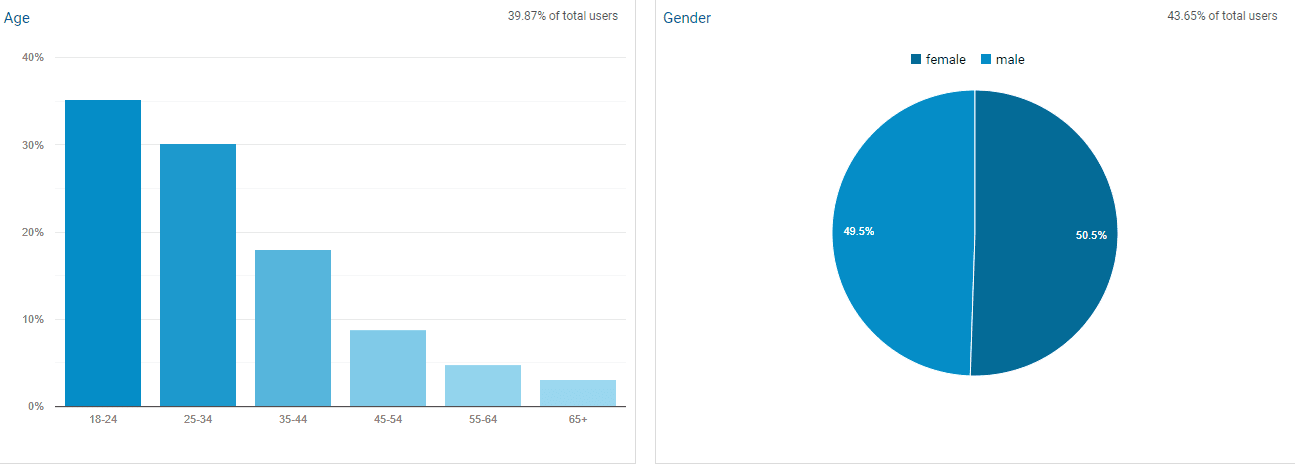
This is one of the simplest types of segmentation. Its main criteria include:
- Gender
- Age
- Family status
- Race
- Occupation
- Level of education
- Income
- Religion
The main advantage of demographic segmentation is that this information is easy to obtain – for example, by using a survey or using social media analytics.
This segmentation will create a more targeted marketing campaign. For example, your products or services are intended for people with a high level of income – this must be considered when segmenting the target audience.
Behavioral Segmentation

This market segmentation is based on user experience and interaction with your product or service. In other words, this is an analysis of the actions of your customers:
- Shopping habits
- Interaction with content on the site
- Needs
- Loyalty
Use this data to target your ads only to potential customers. This type of segmentation is especially good for online stores. Here’s how it works: You determine whether a person is visiting the site for the first time or has come to make a repeat purchase. These buyers will see different ads and product or service recommendations depending on the situation.
Geographic Segmentation
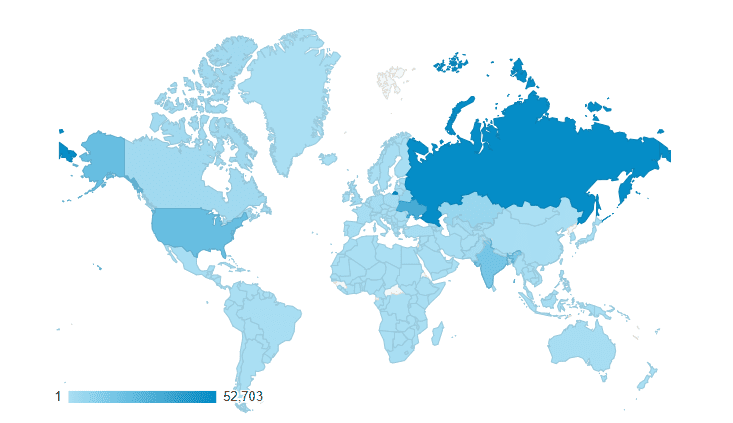
Geographic segmentation works based on data about the physical location of customers: country, state, city, etc. This is especially beneficial for local businesses that do not ship products to other cities. For example, you can set up ads in one city and not spend your budget on a general audience. It will also help determine the demand for your services or products in different regions of the country or the world.
Psychographic Segmentation
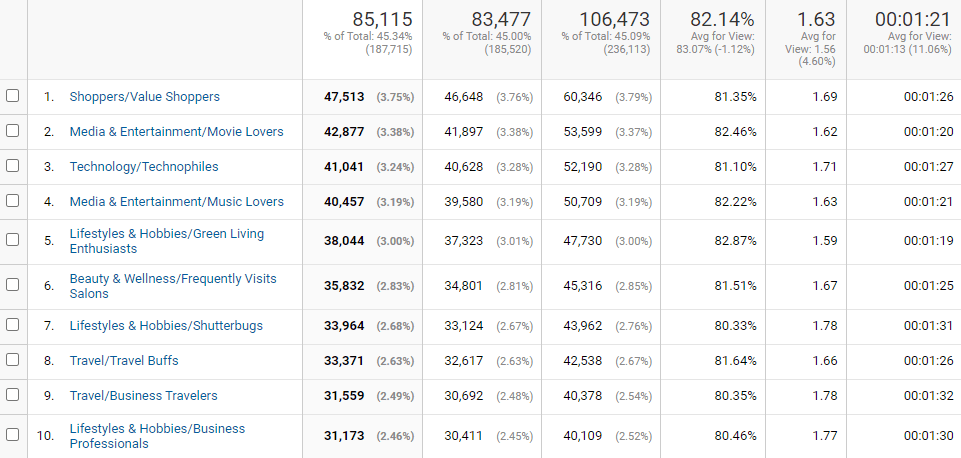
Psychographic segmentation focuses on the emotional side of the question: “Why do people buy?” That data that is tracked is:
- Purchase motives
- Preferences
- Values and beliefs
- Lifestyles
Use this data to understand why people buy from you or refuse to buy from you and what type of content they interact with more. For example, members of the same demographic segment may react differently to ads. Add psychographic segmentation to this data, and you will understand why customers do not respond to publications.
Implementing Market Segmentation: Step-by-Step Guide
Imagine you're embarking on a journey through the complex terrain of market segmentation. With the right map and tools, you can navigate this landscape effectively, reaching your destination – a successful marketing strategy. This step-by-step guide provides a clear path for implementing market segmentation, ensuring you target your marketing efforts most efficiently.
Identifying Your Target Segments
The first step is categorizing your market into various segments. Identify these segments based on a mix of factors, including demographics, psychographics, behaviors, and cultural backgrounds. A primary method is to analyze your current customer base and market data. Utilize tech tools and analytics to gather this information, ensuring your segmentation is data-driven and accurate.
- Gender, Age, Income: List basic demographic information like gender, age, and income. This forms the foundation of your segmentation, categorizing customers into easily identifiable groups. For instance, a tech company might target young adults with a high income for its latest gadget.
- Shopping Habits, Loyalty: Next, look at behavioral aspects like shopping habits and brand loyalty. Are your customers one-time buyers or repeat clients? This information can be sourced from purchase history and loyalty programs, providing insights into consumer behavior.
Developing Segment-Specific Strategies
Once you've identified your market segments, the next step is to create tailored strategies for each category. This involves understanding each segment's unique needs and preferences and developing a marketing mix that resonates with them.
- Product Customization: Adjust your product or service offerings to align with the specific needs of each segment. For instance, for a segment interested in eco-friendly products, emphasize the sustainable aspects of your offerings.
- Targeted Marketing Messages: Craft marketing messages that speak directly to the interests of each segment. Use language and imagery that reflect your target audience's cultural and social values. For example, use vibrant, tech-savvy imagery for younger audiences or more refined, classic aesthetics for older segments.
In conclusion, implementing market segmentation is a dynamic process that requires a deep understanding of your customer base and the ability to adapt strategies to their evolving needs. By following these steps and continually refining your approach, you can ensure that your marketing efforts hit the mark, every time. Remember, segmentation is not just about dividing your market; it's about understanding and connecting with your customers on a deeper level.
For further reading and a detailed sample of market segmentation, the PDF "Market Segmentation: The Key to Marketing Success" offers comprehensive insights and methods (source: Harvard Business Review).
10 Benefits of Market Segmentation
Market segmentation is essential for directing an advertising campaign towards the most loyal audience and identifying new development paths for a product or business. Let’s take a closer look at each benefit.
Have a Higher Rate of Success
Segmentation allows you to focus on the most profitable areas of the market. Marketers determine the potential and possible risks, saving the business from unnecessary costs.
Develop Consumer Insights
The task of a business is to keep the attention of a potential customer and encourage them to buy. This is difficult given how many ads a user consumes daily. With segmentation, you get to know your customers better, study their needs, and offer them incentives to buy products or use your services.
Focus on the Customers That Matter Most
Market segmentation allows you to identify a group of positive customers about your business. Then, instead of spreading your attention and budget over the entire huge market, you focus on those segments that are guaranteed to bring profit.
Creates and Provides Market Opportunities
Market segmentation identifies those areas of the market where your company has the greatest chance of success. For example, marketers will notice an unoccupied niche or region, which will allow you to be the first to “close” a market segment and win more customers.
Effective Market Campaigning
If the marketing department deep analyzes the target audience from different segments, you will create well-defined buyer portraits. Today, it is extremely important to use personalized marketing to feel cared for and treated personally. So, your advertising campaign will be predictable and bring results.
Design More Effective Marketing
Market segmentation will improve the overall marketing strategy. For example, you have an online store website where you sell products and publish news and reviews on the blog. The analysis of the target audience showed that the majority of potential customers want to receive news and view products on Instagram. So, now you know what specific actions are needed to “drain” the advertising budget.
Create a Superior Experience for Customers
Segmentation is essential to provide the customer with the best user experience. You sell a product based on the needs and requests of the consumer, show care, and customers will return to you for a second purchase.
Know Your Customer Better
A marketing strategy should be developed after a detailed analysis of the market and its segmentation. Always put yourself in the buyer’s place and identify their problems needs – why they should choose you over a competitor.
Optimize for Cost Efficiency
Market segmentation allows you to identify a solvent target audience. Then, by properly planning and optimizing costs, you are guaranteed to get new customers.
Use Your Resources More Efficiently
Market segmentation gives you an idea of where to direct your business resources (monetary and human). As a result, they will increase the effectiveness of advertising campaigns and increase the lead at a lower cost.
Real-World Examples of Effective Market Segmentation
Dive into the world of market segmentation where theory meets practice. This section unveils how renowned companies have successfully applied market segmentation, turning abstract concepts into concrete strategies that drive business growth. Each example offers a glimpse into the innovative ways market segmentation can lead to tangible results.
Case Study 1: Consumer Goods Industry
Procter & Gamble (P&G) stands out for its masterful use of demographic segmentation in the bustling consumer goods sector. P&G designs specific products for different age groups, genders, and lifestyles, offering a diverse range of products from diapers to razors. By understanding and addressing the unique needs of each demographic group, P&G ensures relevance and appeal across its wide product range.
For instance, P&G's Gillette brand tailors its marketing to various age groups, offering different products and messaging that resonate with each demographic segment. This strategic approach has enabled P&G to maintain a strong presence in a competitive industry (source: P&G's Market Segmentation Strategy).
Case Study 2: Technology Sector
In the dynamic world of technology, Spotify's use of psychographic and behavioral segmentation stands as a shining example. Spotify segments its users by age or location, music tastes, and listening habits. Their algorithms create personalized playlists, suggesting new songs and artists based on individual listening histories.
This personalized approach has enhanced user experience and significantly increased user engagement and loyalty. Spotify's success lies in offering each user a unique, tailor-made listening experience, demonstrating the power of effective segmentation in tech (source: Spotify's Personalization Strategy).
In conclusion, these real-world examples demonstrate the profound impact of effective market segmentation. Businesses can create more targeted, effective marketing campaigns and product offerings by understanding and applying the right segmentation strategies. These case studies are a testament to the power of market segmentation in transforming business strategies and driving success.
For further insights into market segmentation strategies and their applications, consult the comprehensive report by McKinsey & Company.
Market Segmentation Examples
Nike
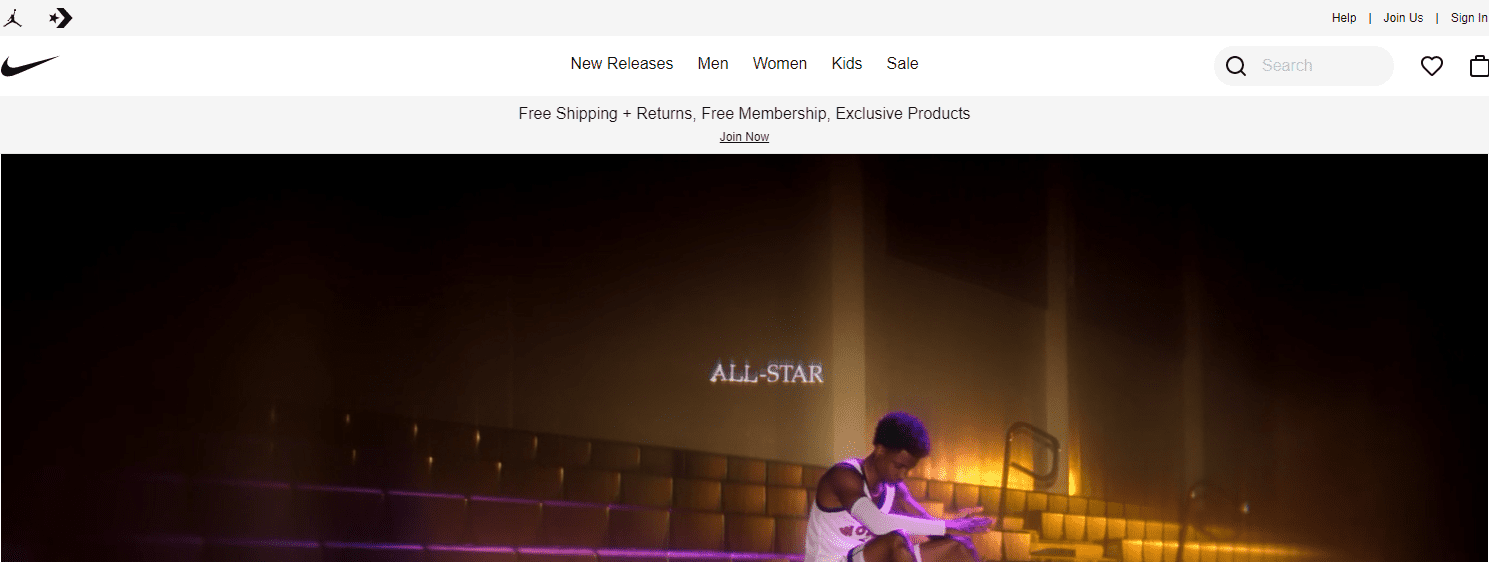
This company effectively uses behavioral segmentation. For example, sports fans see Nike shoes and apparel on world-class stars. They are associated with success and fame – they will certainly buy the same sneakers that their idol wears.
For example, the Nike Air Force 1 x Colin Kaepernick with the portrait of the American football player completely sold out. The inspiration for the creation of shoes was the story of Colin Kaepernick himself and his position on racial discrimination in America.
Coca-Cola

Coca-Cola analyzes each market segment and creates its products. Some vivid examples that take into account a variety of preferences include:
- Packaging that can be recycled
- Caffeinated drinks
- Drinks without added sugar and with different tastes
- Themed holiday packaging
This is necessary to create a range of products so each customer can find what they like.
Volkswagen

Volkswagen sells vehicles in many countries worldwide, which are known for their reliability and affordability. The corporation also covers other market segments, being responsible for producing cars of such brands as Audi, Lamborghini, and Porsche. Therefore, their target audience is expanding: customers with different income levels can afford a good car.
NBA
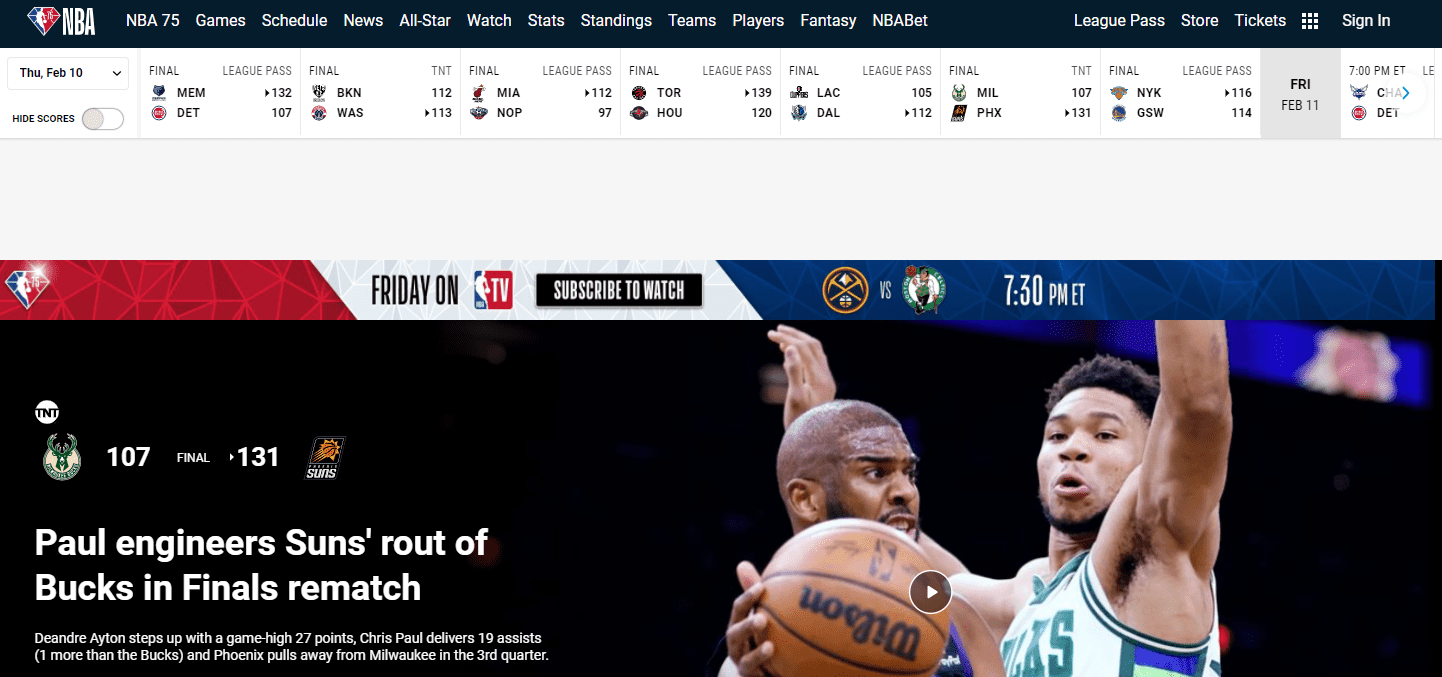
An example of psychographic segmentation can be seen in the collaboration between the Los Angeles Lakers basketball team and Beyond Meat. The advertising campaign aimed to attract the attention of those interested in sports. Beyond Meat is a plant-based meat company, and their collaboration with NBA players has focused on creating content that educates audiences about healthy eating.
McDonald’s
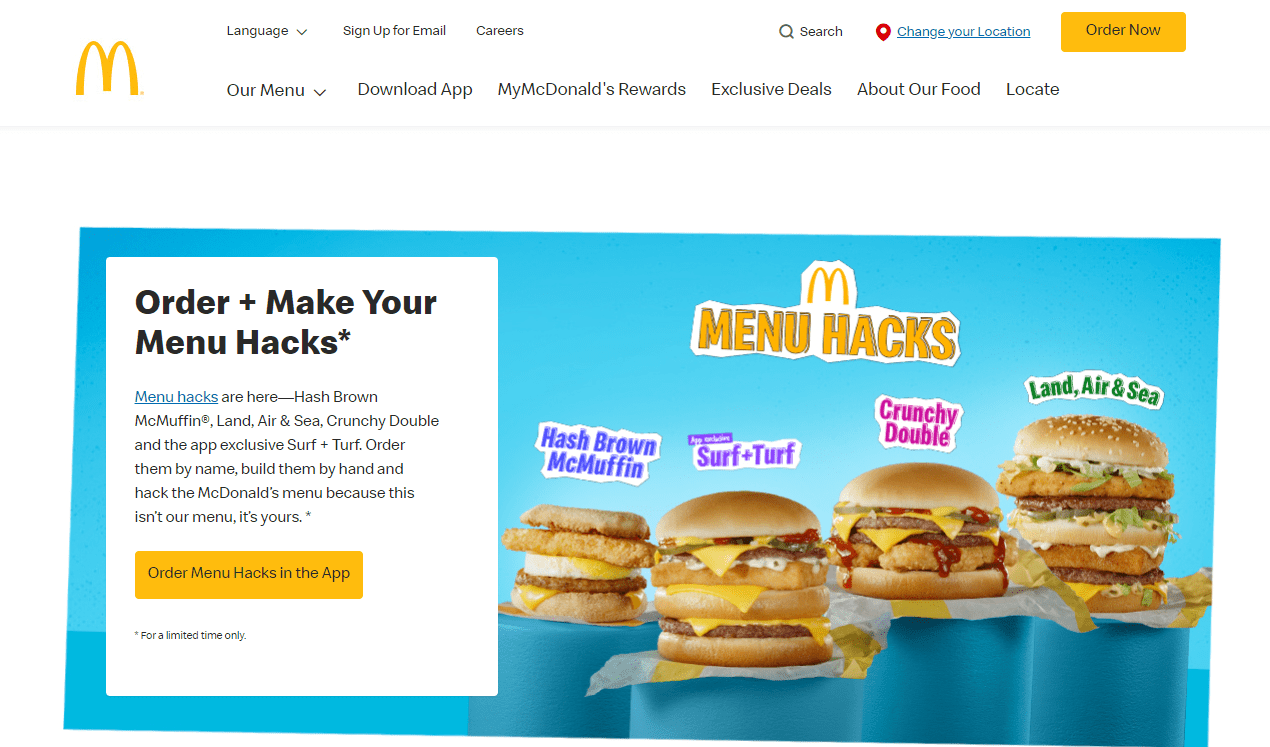
McDonald’s marketers use all types of segmentation to achieve the best results. For example, they collect data and use a geographic approach to select countries for franchises.
The demographic approach is manifested in the diversity of the menus in different restaurants. They have combos for adults and separate sets for kids with toys inside. McDonald’s analyzed customer behavior and employed behavioral segmentation. Their service saves customers time: you can place an order via a special application or drive directly by car to the pickup point.
The psychographic approach is manifested in the working schedule of restaurants. They evaluated the working schedule of clients and determined the most profitable time.
As a Result
And there we have it—a journey through the fascinating world of market segmentation. Just like finding the perfect puzzle piece, we’ve seen how businesses fit their marketing strategies to the contours of their varied audiences. From demographics to deep-seated desires, segmentation isn’t just a buzzword; it’s a blueprint for connecting with customers on a level that matters. But don’t let the exploration end here! At Plerdy, our blog is a treasure trove of insights and strategies ready to help you precisely tailor your marketing efforts. Remember, the next great discovery in market segmentation is just a click away. So, keep exploring with Plerdy, where we turn marketing challenges into triumphs, one segment at a time.
